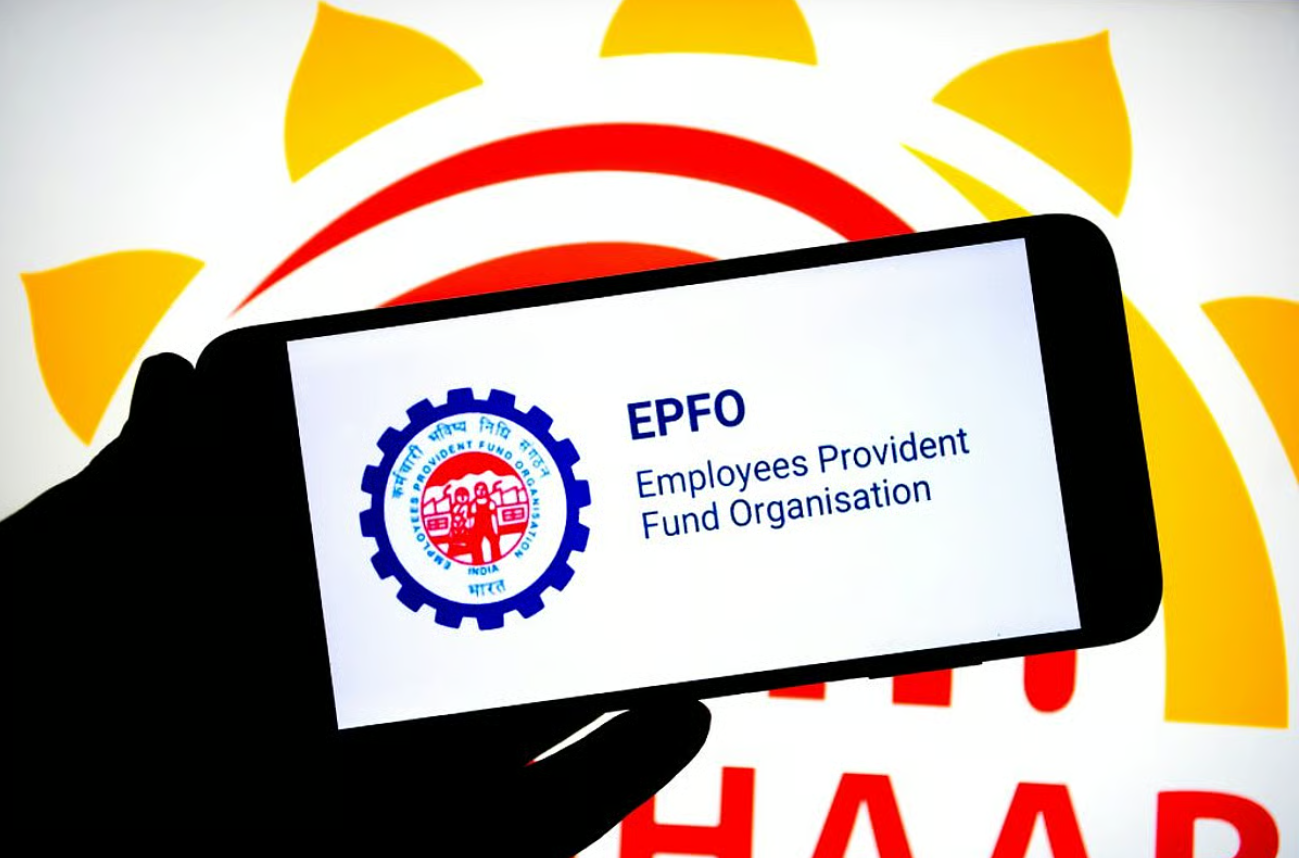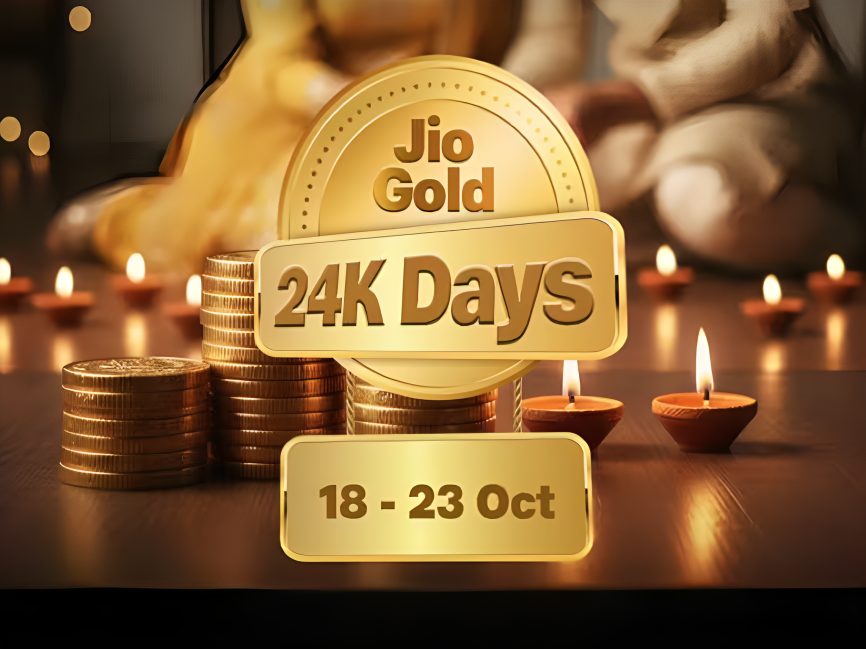When you think about building a ₹1 crore portfolio, it may sound overwhelming especially if you have no inheritance, no startup windfall, and no massive paycheck. But according to Chartered Accountant Nitin Kaushik, wealth creation is more about building a strong financial foundation and sticking to long-term habits than it is about sudden breakthroughs. In a now-viral post, Kaushik broke down a plan that can work for anyone, regardless of income or background.

He begins by emphasizing that the journey does not start with investing or stock picking but with protection. The first step, he says, is to create a financial safety net. This means setting aside ₹1 lakh in a savings account or fixed deposit. It acts as an emergency buffer whether it is for an unexpected job loss, a medical bill, or a home repair. Without this cushion, many people are forced to break investments or take loans, both of which can derail long-term financial goals.
Once the safety net is in place, Kaushik suggests focusing on consistent investments. He recommends a monthly SIP (Systematic Investment Plan) of ₹10,000 into equity mutual funds. Assuming a conservative 12 percent compound annual growth rate, this alone can grow into ₹1 crore over the course of 20 years. The power of compounding works quietly but effectively and consistency is the key ingredient.
Kaushik’s plan also encourages income expansion. He recommends developing a side hustle or freelance stream to earn at least ₹30,000 every month. Whether it is through content creation, teaching, consulting, or any other skill-based gig, this money should be used exclusively for investment or building long-term assets. Over a decade, this habit alone can add anywhere between ₹30 to ₹40 lakh to your overall net worth.

Equally important is risk protection. Kaushik stresses that every individual should have term life insurance that is at least ten to fifteen times their annual income. He also recommends health insurance cover of at least ₹10 to ₹20 lakh, especially in the face of rising healthcare costs. Avoiding high-interest debt like credit card balances or unnecessary EMIs is also crucial, as such liabilities can silently erode wealth over time.
The final goal, he says, should be to create what he calls a “freedom fund” a corpus that allows you to stop working for money if you choose to. The idea is simple. If your annual expenses are ₹6 lakh, multiply that by 25. You will arrive at ₹1.5 crore, which is your financial independence number. With that amount invested wisely, you could potentially cover your lifestyle expenses from returns alone.
Kaushik also advocates for upskilling. He suggests investing in income-generating skills like writing, coding, digital marketing, or financial analysis. Unlike markets, skill-based income can scale rapidly and provide faster returns, especially when combined with entrepreneurial thinking.
His closing message is powerful yet simple: most people overestimate what they can achieve in one year and underestimate what they can achieve in ten. Financial freedom is not flashy. It is built quietly over time one SIP, one side hustle, one habit at a time.
If you are serious about your financial journey and want more practical tips on saving, investing, and building long-term wealth, follow You Finance on Instagram and Facebook for daily insights and expert strategies.















